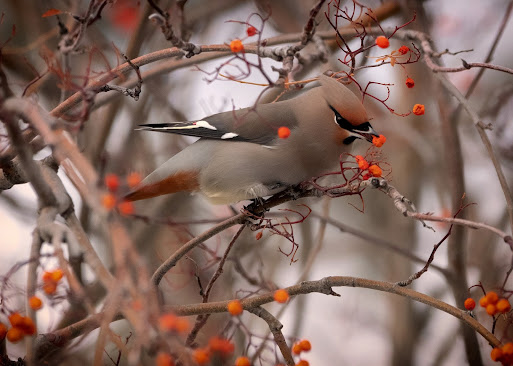Types of Sparrows-3
11. AMERICAN TREE SPARROW (SPIZELLOIDES SPIZELLOIDES ARBOREA)
American Tree sparrows breed in the far northern campos of North America, either transfer quite a distance down to spend the downtime in the northern half of theU.S. and southern Canada. Associating features of this sparrow are its slightly rounder shape, croaking cap, and bicolored bill that's dark on the top half and chicken-livered on the bottommost half. These sparrows quest in fields and are experts and shaking seeds loose from dried lawns. They will come to environs affluents and quest through environs weeds.
12. GRASSHOPPER SPARROW (AMMODRAMUS AMMODRAMUS SAVANNARUM)
Grasshopper sparrows spend the layoff in the southernU.S. and Mexico, either emigrate north in the summer to breed across the middle and northern half of the easternU.S. They're on the small side and have a slightly more stout appearance than other sparrows, with a shorter neck and flat head. Other unique features are a deep bill that gives their mouth a larger appearance when open, a white eye-ring and an orange- milk-livered spot in front of the eye. When not singing from a perch, these sparrows like to stay on the ground, running through open champaign, grasslands, pasturages and fields looking for insects and seeds. They eat grasshoppers in summer.They yea feed them to their sprouts, but will remove the legs first.
13. BREWER ’S SPARROW (SPIZELLA SPIZELLA BREWERI)
Brewer ’s sparrow have a minor range than multitudinous other ’s on this list, and more technical. In the west and southwest they live in sagebrush territory. They're so well shaped to the dry surround that they can go weeks without drinking. There's also a set that lives in the timberline of Canadian mountains. This sparrow ’s appearance is so drab, they've been called the “ razz without a field mark ” and have any freely symptomatic specific. During the pedigree season, males fill the early morning desert topography with their long, warbling song.
14. Self- COLORED SPARROW (SPIZELLA SPIZELLA PALLIDA)
Notwithstanding, the range of Nature- colored sparrows would live in a band right down the middle, If you imagine a chart of North America. They layoff in Mexico in nemesis and plains, either road-trip up through the middle of theU.S. and spend the lineage season in the northern- centralU.S. and central Canada in shrublands. Nature- colored sparrows actually like to keep their lineage and pasturing areas separate, which makes their lineage niche fairly small. Their youngish will leave the nest well before they're good to fly. Nestlings fast run to a next-door shrub where they will hide, while still being fed by the parents, for a full week before they can fly.
15. LINCOLN ’S SPARROW (MELOSPIZA MELOSPIZA LINCOLNII)
Lincoln ’s sparrows are medium sized sparrows and their banding appears another finely detailed. They've thin brown bands along their box and sides, cliché striping on the head and a pale eye-ring. Lincoln ’s sparrows spend summers in Canada and Alaska, pilgrimage through theU.S. and downtime in the southernU.S. and Mexico. These sparrows prefer to remain concealed in the foliage of meadows and mires.
16. SAVANNAH SPARROW (PASSERCULUS PASSERCULUS SANDWICHENSIS)
Savannah sparrows can be innovate throughout North America in plentitude. Their name comes from the first illustration collected, which came from Savannah, Georgia. They can actually be innovate across multiple niches in their wide range corresponding as meadows, pasturages, fields, tidal morasses and champaign. Savannah sparrows have a short tail, small beak, brown barring on the gut and sides, and a gutless stripe over the eye. There are multiple classification in specific geographic points and some have different coloring. These classification are corroborated by this sparrows tendency to tour back to the same locus where it incubated.
































































